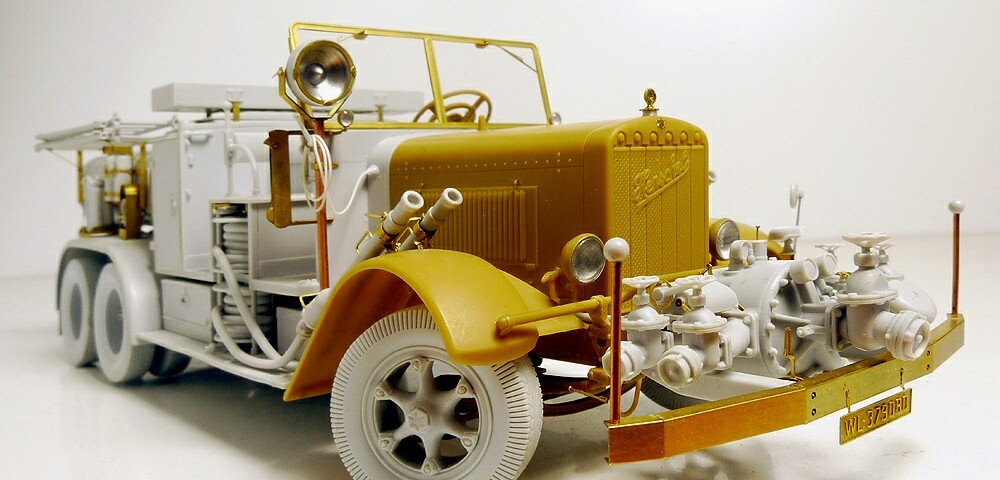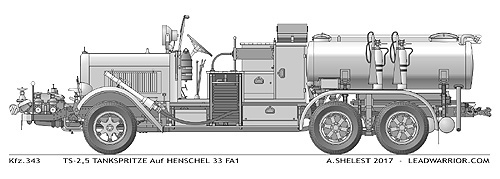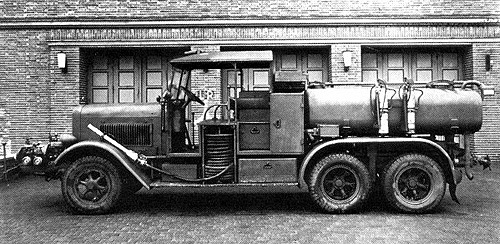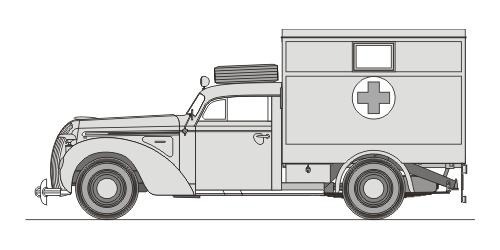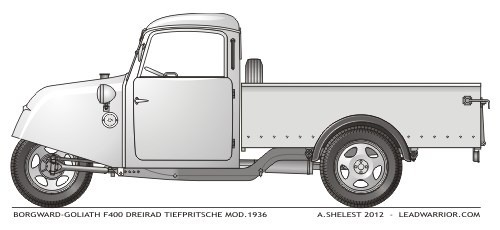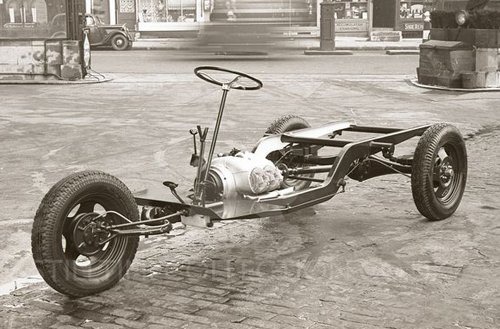Sd.Ah.25 Cable Laying Trailer with Verlegewagen
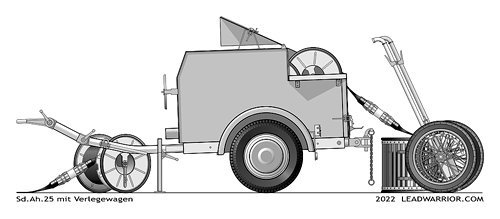
During WWII, it was vitally eccential for any partipisant to be able to rapidly set a reliable telephone connection in a field situation. In Wehrchmacht, it used to be done by the transmission units "Nachrichtentruppen".
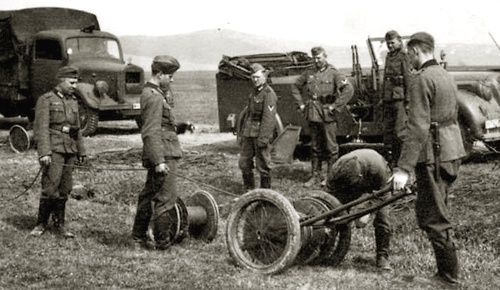
The Sd.Ah.25 ( Anhänger für Feldfernkabel - one axled trailer for long distance field cable), was designed for transportation of four signal cable drums and a "Verlegewagen" (Laying Cart), and comprised an a closed box-like superstructure with folding top, mounted on the Anhängerfahrgestell A 1 - the standard single-axle trailer chassis produced for Luftwaffe before the war.
